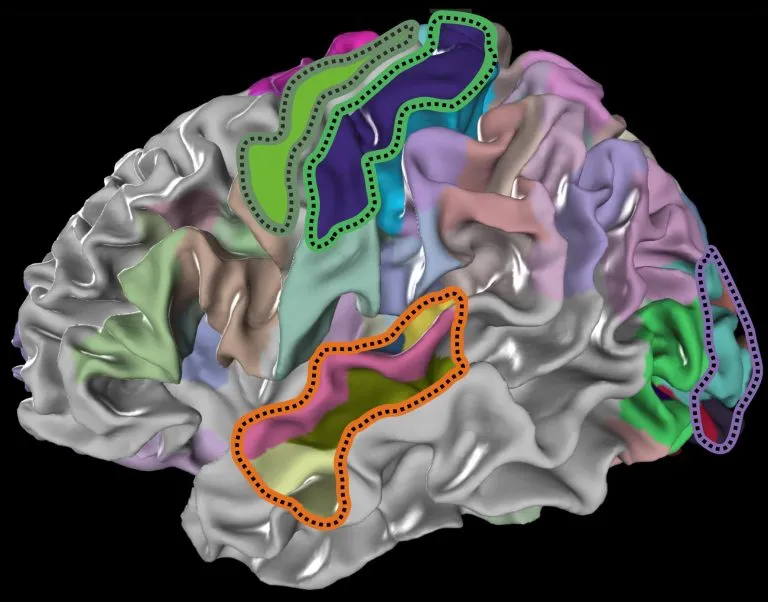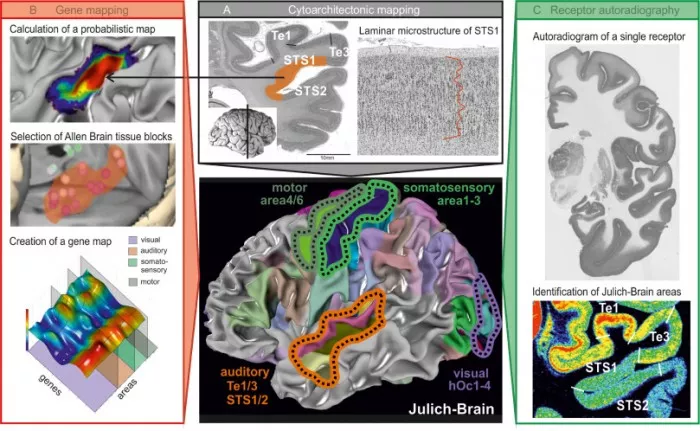The human brain is very complex, with about 100billion neurons and an estimated 100trillion connections. Even if you know the main areas of the brain, such as the cerebral cortex, cerebellum, hypothalamus, thalamus, frontal lobe, occipital lobe, temporal lobe, parietal lobe, amygdala, hippocampus and medulla oblongata, you are still far from understanding how the brain is organized at a deeper level, including cellular, molecular and gene expression patterns and relationships Scientists in the human brain project (HBP) are trying to understand the deep complexity of the human brain
With their customized research infrastructure, they are taking neuroscience to a new level. HBP is a large-scale research project composed of more than 500 researchers from 123 institutions.

Specific cell, molecular and gene expression patterns in brain regions are related to function, but the exact relationship between them is still largely unknown. The new findings of scientists of the HBP project clarify these relationships and enable people to have a more comprehensive understanding of human brain tissue.
Researchers of the HBP project conducted a study on three levels of cortical tissue: cell structure, neurotransmitter receptor structure and neurotransmitter receptor gene expression. This study clarifies the principles of human brain organization in terms of visual, auditory, somatosensory and motor functional systems, and goes beyond the simplified view of "mosaic" areas forming neocortex. The results were published in neuroimaging 》In magazines.

In order to reveal the different attributes of functional systems and the different processing levels of brain regions in a functional system -- from primary to advanced association, the team analyzed the data of cell structure and receptor structure of JULICH brain atlas Atlas -- the three-dimensional multimodal map of the human brain, and compared these data with the transcriptome data of Allen Brain atlas.
"Bridging the gap between different levels of brain tissue is one of the biggest challenges in neuroscience today. We can do this systematically in the JULICH brain atlas. It integrates data and is a valuable tool," said Daniel zachlod, the study's first author.
The researchers investigated the relationship between the density of neurotransmitter receptors and their corresponding genes in 15 cell structural regions of the visual, auditory, somatosensory and motor systems. They analyzed differential gene expression in each brain region of these functional systems.
"We found that the receptor structure and gene expression pattern within a functional system changed in a systematic way, corresponding to the increased complexity of information processing," explained Katrin Amunts, scientific director of HBP project.
This study demonstrated a method to reveal the relationship between structure and function by using the multi-level JULICH brain atlas to connect brain tissues of different sizes.
Previous studies have shown that the expression of receptor gene is related to the functional differentiation of rodent brain, but the data about human brain are much less and more scattered. The authors of this study believe that this kind of research must be extended to the human brain in order to better understand the healthy brain and the pathogenesis of brain diseases with altered neurotransmitter system.